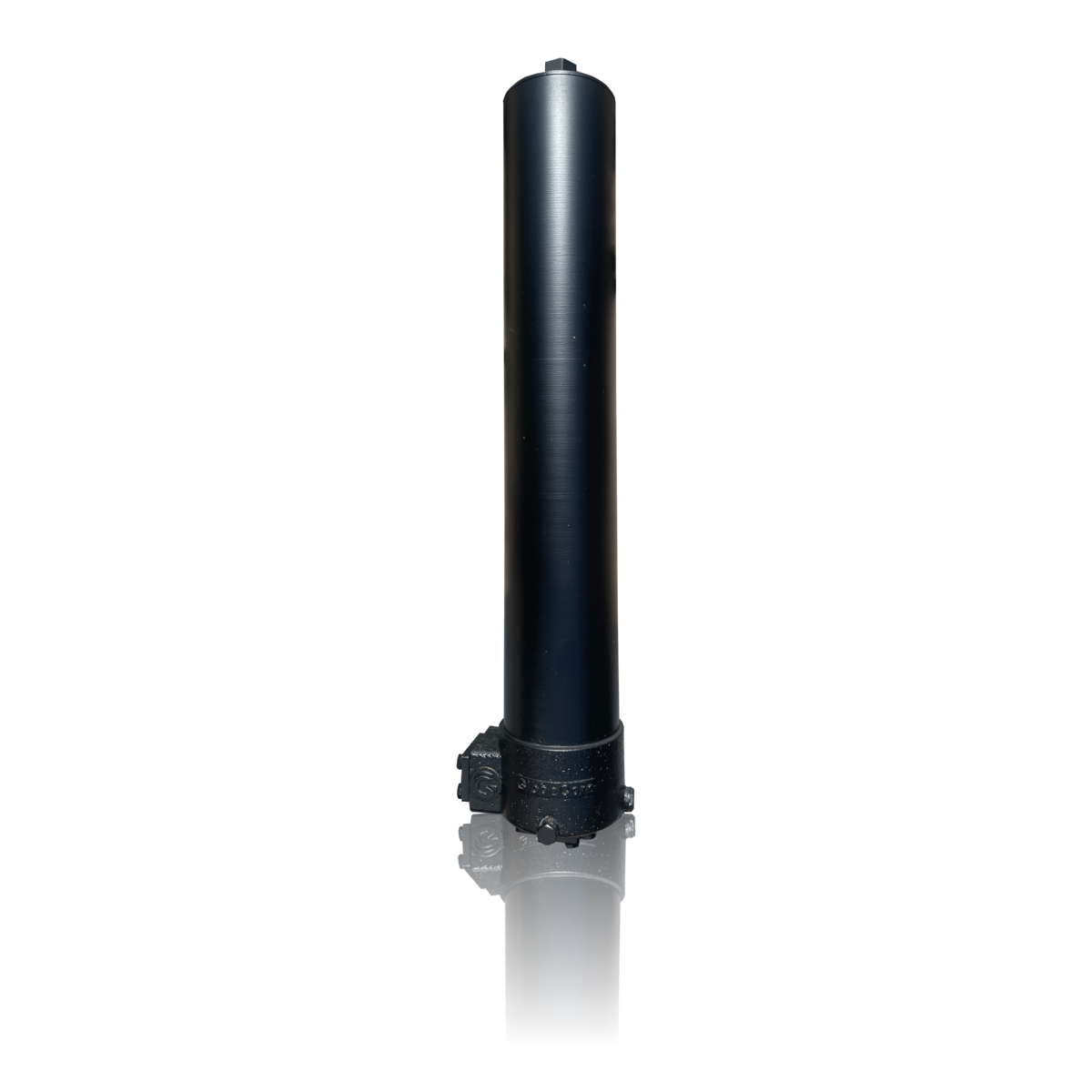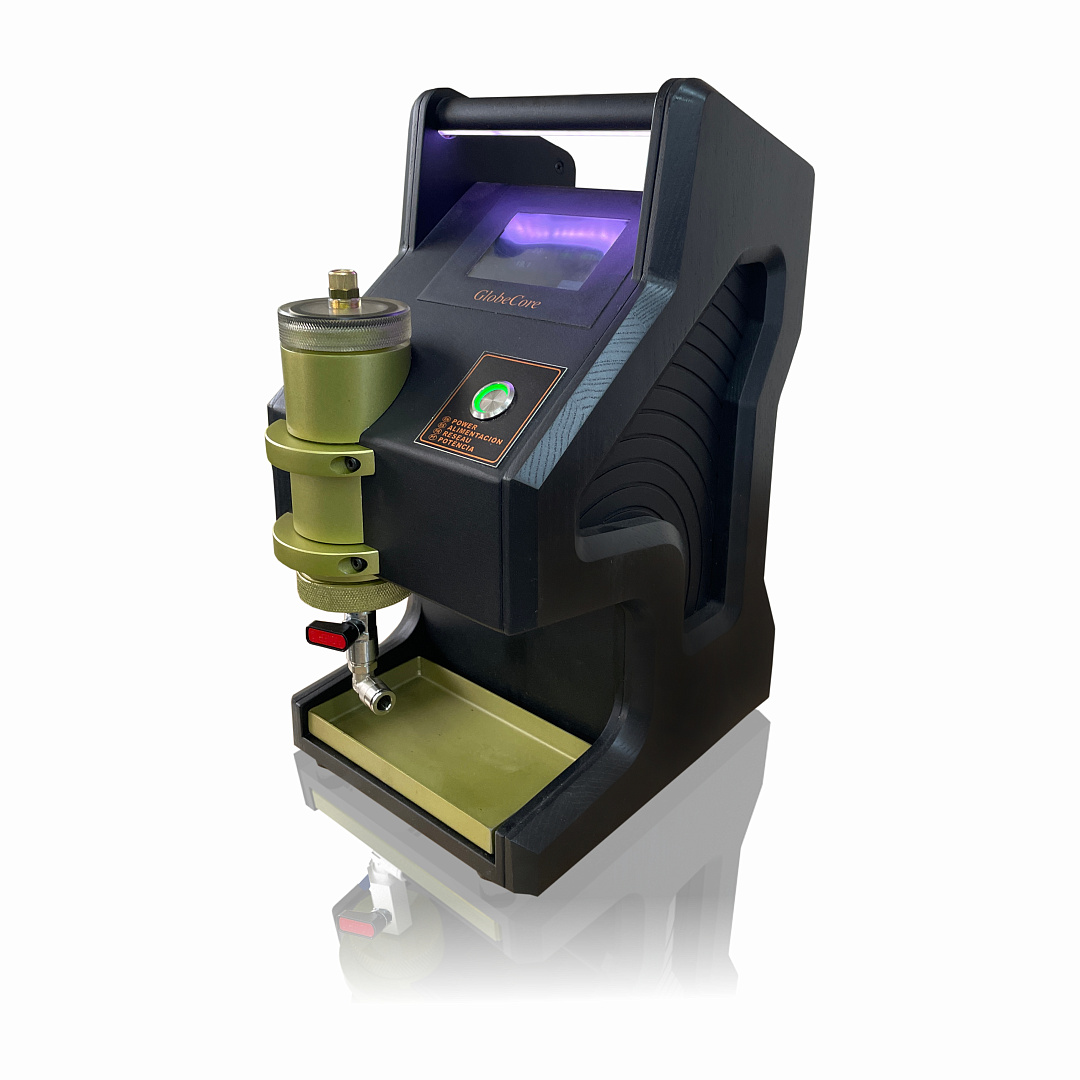How do Diesel Fuel Filtration System Components work together to purify fuel?
- This topic has 1 reply, 2 voices, and was last updated 1 year, 2 months ago by .
Answers
-
October 4, 2024 at 7:03 pm by Lucas Martins
Diesel Fuel Filtration System Components work together synergistically to purify fuel by removing contaminants and ensuring clean fuel delivery to the engine. The pump circulates diesel fuel through the system, maintaining a consistent flow and pressure. As the fuel moves, it passes through the filters, which trap particulate matter, dirt, and debris, preventing them from entering the engine. Filter housings secure the filters and provide a structured environment for filtration. Valves regulate the flow of fuel, directing it through the filters and allowing for isolation during maintenance. Pressure gauges monitor the pressure differential across filters, signaling when filters are clogged and need replacement. Monitoring instruments such as flow meters and temperature sensors provide real-time data, allowing for adjustments to optimize filtration efficiency. Additionally, anti-drainback valves prevent fuel from draining back into the system, ensuring immediate fuel supply upon startup. By working in concert, these components ensure that diesel fuel is consistently clean, protecting engine components from wear and extending the engine’s lifespan.



